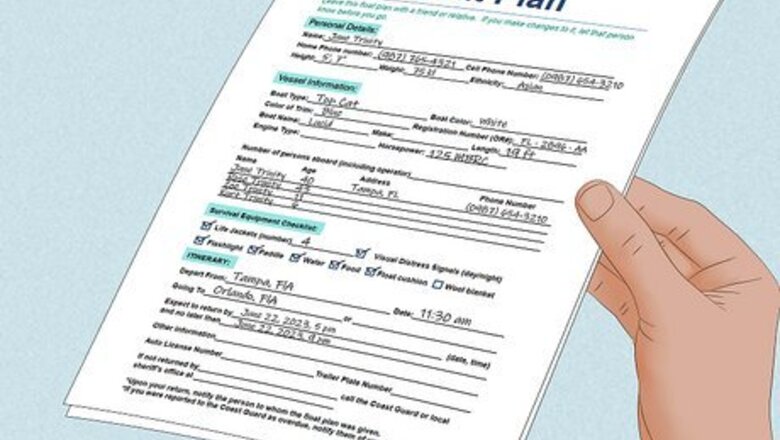
views
- A float plan is a detailed compilation of information about you, your boat, and where you’re going.
- Leave your float plan with a trusted friend or family member and ask them to give it to the authorities if you don’t return or disappear.
- You do not need to file a float plan if you’re just taking a casual boating trip in a public, well-traveled area.
What is a float plan?
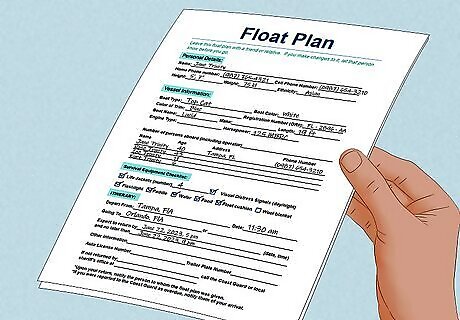
A float plan is an emergency document containing key info. The float plan is an important safety document if you’re a recreational boater who takes longer trips or a boater who enjoys boating alone in isolated areas. It’s basically an overview of where you’re going and when so that authorities can locate you if your boat goes missing or an emergency takes place. A good float plan will also contain key info about you, your passengers, your boat, and the supplies on board. There is no universal template or required format for a float plan. It doesn’t need to be a formal document. That said, there are tons of fillable float plans available online. We recommend the US Coast Guard’s version. Once you’ve crafted your first float plan, you’ll be able to copy most of the material over to future float plans.
What to Include in a Float Plan
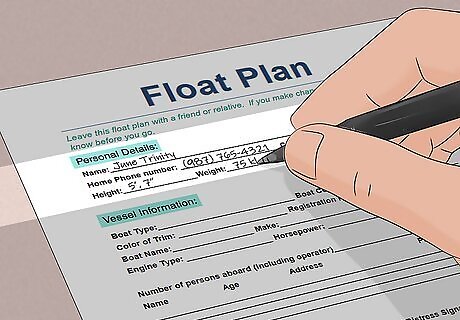
Your name, description, and info about the boat’s owner. You should always include personal details like your name, height, race, etc. This will make you easier to find if you get knocked unconscious or you get trapped in a hard-to-reach area and people can only see you from a distance. Also, include the boat’s owner if it isn’t you—authorities will contact them to see if they GPS on their ship. If you have any passengers, include their information as well. List their ages, genders, and any medical information that would be relevant for a rescue team.
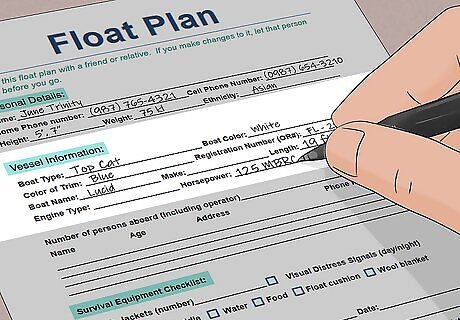
Vessel information regarding the specs and description. Include the type of boat, it’s registration number (if it has one), and the engine type. Describe the size and color of the boat as well, to the best of your ability. Finally, mention anything distinct about the boat. Does it have a custom flag on it? Is there a decorative design on the boat that’s unique? Include anything that might help! Don’t forget the boat’s name and callsign if you have them. If your boat has a history of capsizing or engine problems, that kind of material is worth mentioning as well.
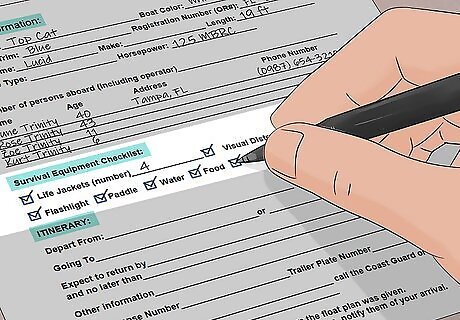
A list of relevant safety equipment you have on board. This is important because it will let responders know just how much danger you’re in, and it will give them a hint of what to look/listen for in their search. If you have distress flairs on board, for example, the Coast Guard will pay special attention to reports of strange lights in the sky. Do you have lifejackets? What about spare food and water? Do you have a dinghy on board? Include any and all of that information. Note whether there’s a VHF radio on board or not. If there is, include the frequency you’ll be on.
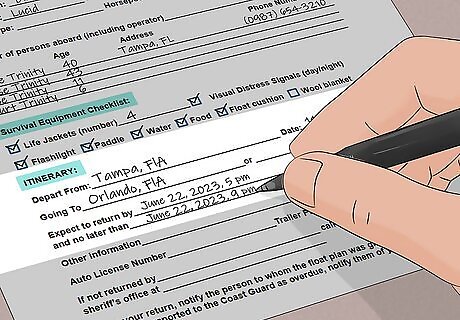
A detailed outline of where you’re going and when. This is arguably the most important part of a float plan. At bare minimum, describe where you’re going and when. The more complex your trip is, the more specific you should be. Include longitudinal and latitudinal directions, or print a copy of your plotted course on a map. If you plan on changing your course or extending your trip, don’t forget to let the person with your float plan know!
Who do I give my float plan to?
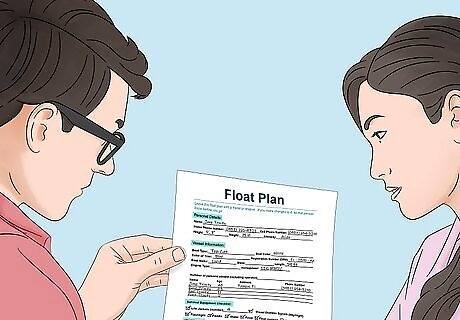
Give your float plan to a responsible friend or family member. You don’t file your float plan with any official office or anything—just give it to someone trustworthy. The vast majority of the time, nobody is going to need your float plan, so there’s no need to give it to any authority figure or organization. Give it to someone punctual who is good at keeping track of time. Bonus points if they’re cool under pressure. If you’re launching from a state park or famous boating area, you may be asked to file a float plan with park staff.

Instruct your friend to give it to authorities if you don’t come home. Give them the contact information for your state Coast Guard and the nearest local police office. Tell your confidant to contact the authorities if you don’t return from your boating trip on the planned date and you can’t be reached on the phone (or radio). The authorities will use your float plan to trace your path, search for your boat, and alert other nearby vessels that you’re in trouble.
Do I need a float plan?
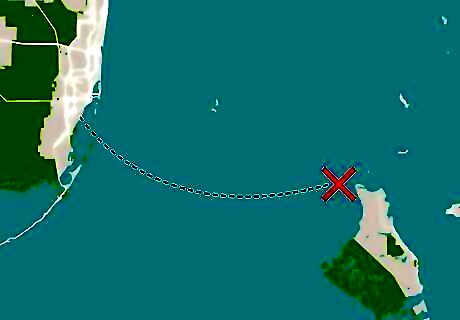
Yes, if you’re travelling far or boating in a remote area. Multi-day boating trips, solo boat travels, extended trips, and boating escapades through wild or remote waters all require a float plan. It’s irresponsible and dangerous to not have an active float plan. Boating accidents can happen at any time, so being prepared for the worst is essential.
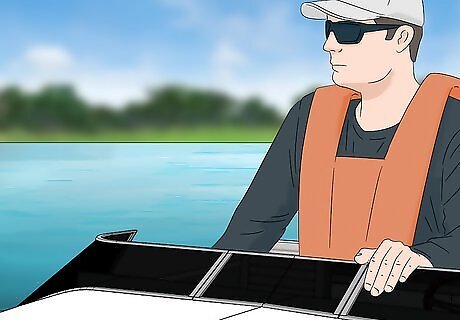
No, if you’re just taking a leisurely trip in a public area. Are you taking your boat out on Chicago’s biggest harbor where the shore is in eyeshot? Taking a quick kayak trip with 10 friends through a popular white water rafting route? These short trips where you’ll be around other people don’t require float plans. You’re more than welcome to provide a float plan if you’d like, but it’s not necessary. Just shoot a friend a text something simple like, “I’m taking the boat out to Lake Reed, just FYI.” Ask yourself, “Will I ever be in danger on this trip?” and, “Will I be around other boaters and people who can help in an emergency?” If the answer to either of those questions is “no” then you do not need a float plan.


















Comments
0 comment